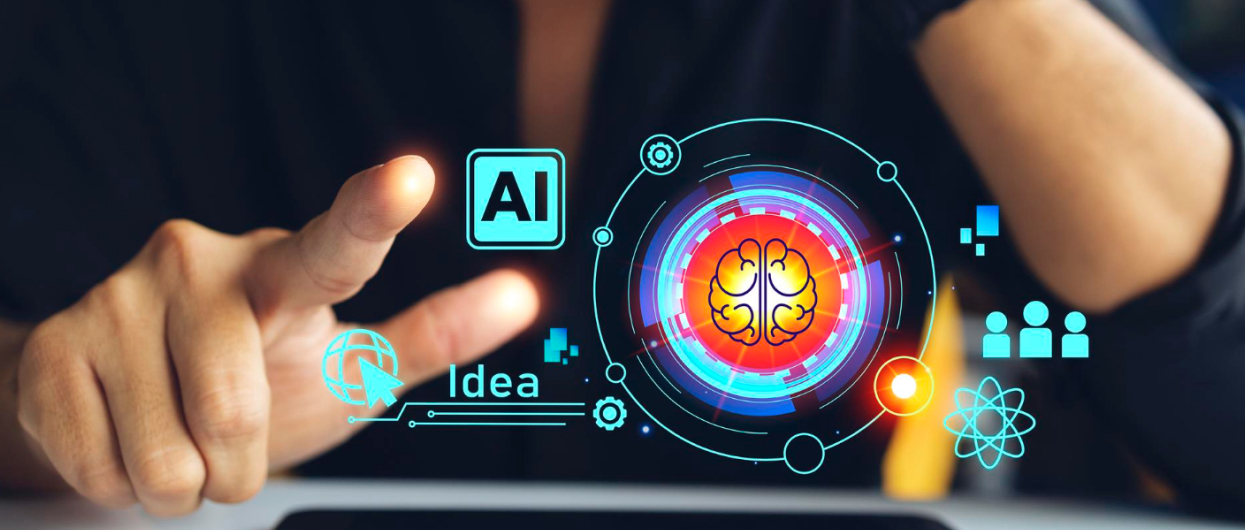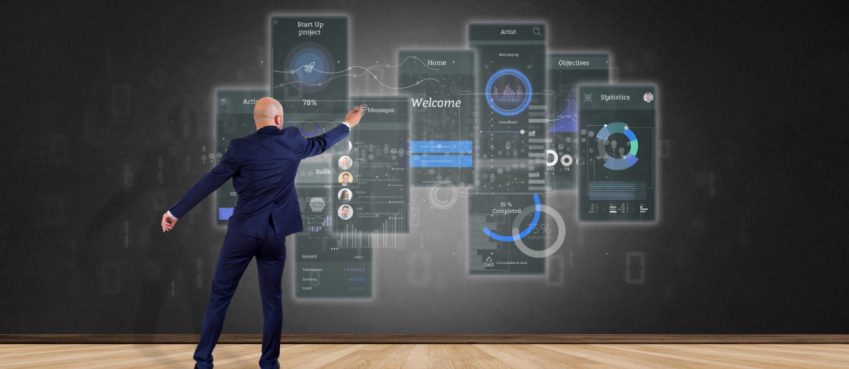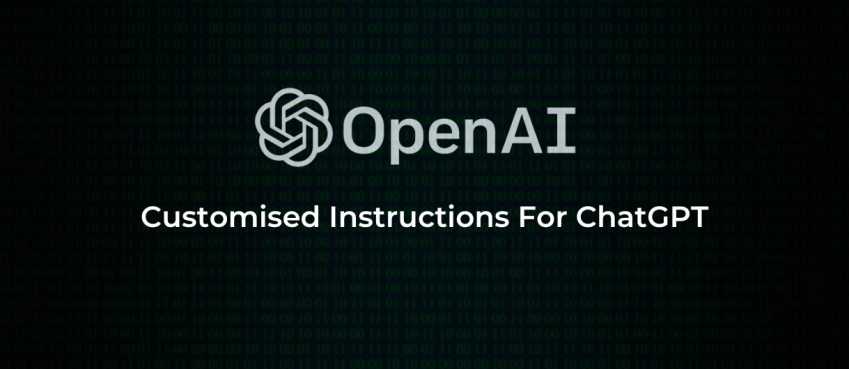
AI is changing the face of the world – both digital and physical – around us, and one area that is poised to particularly reap the benefits of this new tech is web accessibility. Designing websites to be accessible to all is now a crucial requirement of a site developer’s role, and this means being aware of a range of issues that could affect how easily a person with a disability can access the information they’re looking for. New AI tools, however, are making this easier than ever before.
The Challenges Facing Web Accessibility
Users with disabilities have to contend with a number of barriers when it comes to accessing information online. These include navigational challenges, which may make it difficult for those with motor, visual, or cognitive disabilities to get around websites that haven’t been designed to have a clear structure, keyboard support, meaningful labels, or a consistent layout.
People with auditory, visual, or cognitive disabilities may also have to contend with comprehension challenges where, for example, no transcripts are offered or no alt text is provided for images. Sites that use jargon or abbreviations may cause difficulties, too.
Interaction challenges can make accessing a website that does not offer accessible forms, feedback, and error handling tricky for those with motor, speech, or cognitive disabilities and sites that require timed responses, voice input, or complex gestures.
AI, however, is being increasingly tasked with improving web accessibility challenges – and is proving itself to be more than up for the job. From providing a digital alt text decision tree to using NLP to generate audio descriptions, AI is almost certainly the future of web accessibility.
Also read: Top 9 WordPress Lead Generation Plugins in 2021Machine Learning
Companies are widely using this branch of AI to improve their website’s accessibility. Computers effectively self-learn by processing and analyzing huge amounts of data in terms of insights, patterns, and predictions. For example, alt text for images can be automatically produced that is accurate and based on content and context, and machine learning can be used to personalize a user’s on-site experience, tailoring it to their needs and requirements. The latter means that any accessibility tools that may be needed will automatically be put at the user’s disposal.
Computer Vision
Enabling computers to perceive and interpret visual input is the branch of AI known as computer vision, and it can be used to enhance the experience of a visitor with disabilities in several ways. For starters, computer vision offers magnification and color and contrast adjustment tools based on image processing. It can also provide facial, emotional, and gesture recognition for web users, as well as object recognition, navigation assistance, and scene description.
Content-based image retrieval can be affected via computer vision tech, allowing for easy browsing, searching, and retrieval of images from even very large data stores – this search is based on the content of the images rather than their associated metadata tags.
Natural Language Processing (NLP)
NLP AI tools can be leveraged to produce accessible web content for those with disabilities, such as captions and transcripts for video or audio content based on text generation or summarization. NLP can also be brought into play to provide chat-based or voice interaction for web users that is based on natural language generation and understanding.
Accessibility Features
Real-time transcriptions of speech for users who are hard of hearing or deaf can now be provided courtesy of AI accessibility features, as can on-screen zooming tools for those with conditions affecting their vision.
One of the most recent accessibility-enhancing innovations is MouthPad. This tongue-driven interface sits across the roof of an individual’s mouth and can be used to control a computer, tablet, or smartphone.
The Future of Web Accessibility
AI solutions to the challenges of web accessibility are set to keep coming thick and fast over the next few years. It’s likely that AI tech will improve the functionality of screen readers so that they provide more natural speech synthetic and enhanced sentiment and context analysis, along with increasingly advanced interaction and navigation features, helping users to access and use websites more effectively.
Website personalization, driven by AI, is also expected to fuel the shift to a more inclusive digital world, with the principles of universal, user-centered, and participatory design brought to center stage.
Top 10 News
-
01
10 Best Free QR Code Generators in 2023
Monday July 24, 2023
-
02
Top 10 Mental Health Apps For 2023
Friday July 14, 2023
-
03
Being Online: Top 10 Benefits Of Online Banking
Friday May 12, 2023
-
04
Top 10 Essential Tools for Boosting Productivity in Flutter ...
Tuesday March 7, 2023
-
05
10 New & Trusted Z-Library Alternatives (Explore Ebooks...
Thursday February 2, 2023
-
06
10 Amazing Uses For Solar Energy At Home
Thursday January 12, 2023
-
07
Top 10 Profitable Education Business Ideas for 2023
Friday December 23, 2022
-
08
10 Best Hoverboards For Kids & Adults In 2023
Tuesday December 13, 2022
-
09
Top 10 WordPress Plugins For Bloggers
Thursday December 8, 2022
-
10
12 Pocket-Friendly And Best Kids Scooters (February 2023)
Friday December 2, 2022






